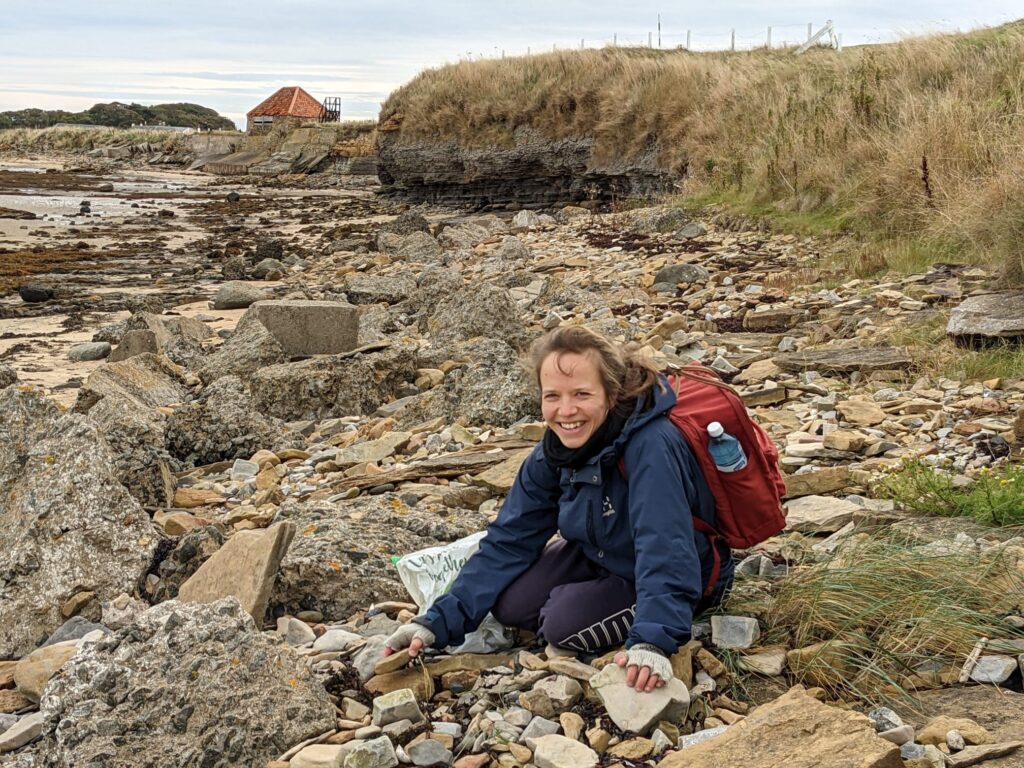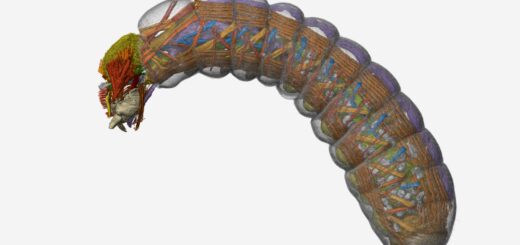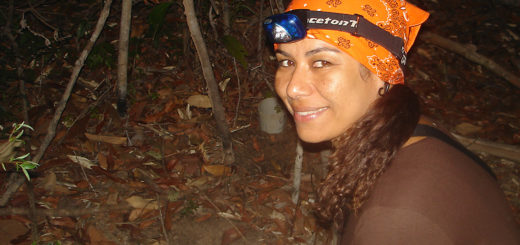Hybridisation and gene flow in wood ants

In the recent study “Semipermeable species boundaries create opportunities for gene flow and adaptive potential”, Satokangas et al.* focus on hybridisation and gene flow in five keystone wood ant species belonging to the Formica rufa group in Finland and other parts of Europe. The authors aimed to understand the extent of hybridisation, its effects, and the genomic differentiation among these species. By combining genome-wide and morphological data, they discovered a mosaic hybrid zone involving Formica aquilonia, F. rufa, and F. polyctena, with multiple hybrid generations. Despite hybridisation, F. rufa, F. aquilonia, F. lugubris, and F. pratensis maintain distinct gene pools in Finland. The study also found that hybrids occupy warmer microhabitats compared to the non-admixed populations of the cold-adapted F. aquilonia, potentially benefiting from warm winters and springs. These findings suggest that, depending on the balance of negative and positive hybridisation outcomes, extensive hybridisation may provide adaptive potential for wood ants to cope with a changing climate. Moreover, the study emphasizes the ecological and evolutionary implications of mosaic hybrid zones, where hybrid populations experience various selection pressures. Here, first author Ina highlights the main points of the study.
`* = Ina Satokangas, Pierre Nouhaud, Bernhard Seifert, Pekka Punttila, Roland Schultz, Mirkka Jones, Jukka Sirén, Heikki Helanterä, and Jonna Kulmuni
An Interview compiled and edited by Gaurav Agavekar, Biplabendu Das, and Patrick Krapf

MNB: Could you tell us a bit about yourself?
IS: I’m a Doctoral Researcher in Finland at the University of Helsinki. Broadly, I’m fascinated by evolutionary genomics and questions ranging from speciation to hybridisation and adaptation. I’m also curious to understand how interactions between loci (i.e., gene networks) influence divergence between populations and species. In my current work with Jonna Kulmuni in Project SpecIAnt, I explore divergence and hybridisation in Formica wood ants.
MNB: Could you briefly outline the research you recently published in layperson’s terms?
IS: In this work, we combined genomic and morphological information to ask how frequent hybridisation is between five species of Formica rufa group wood ants in Finland: F. aquilonia, F. rufa, F. polyctena, F. lugubris, and F. pratensis. Our results suggest they hybridise extensively, yet most species retain their genomic distinctness. Moreover, Finland seems to be a mosaic of hybrid and non-hybrid wood ant populations.
The hybrids are spread over the whole southern part of the country, so potentially, they are prevalent also outside Finland, along a large area in Eurasia where the species co-occur, i.e. live in sympatry. The parental species of these hybrids are adapted to different climates – F. rufa and F. polyctena to a warmer climate and F. aquilonia to a colder climate. In this light, it is fascinating that these natural hybrid populations live in warmer locations than sympatric populations of the cold-adapted F. aquilonia.
Is it adaptive that they live in warmer microclimates? Could hybridisation and potential exchange of different temperature adaptations help the wood ants persist in a changing climate? These hybrid populations are like unique natural laboratories replicating the same hybridisation event independent of each other, which makes the outcomes exciting to study.

MNB: What is the take-home message of your work?
IS: Hybridisation is a common phenomenon in natural populations. Still, it doesn’t necessarily lead to the merging of species, at least in the short term, because of reproductive isolation between them. Since the F. rufa group species harbour different climatic adaptations, there is a possibility for beneficial exchange of these adaptations (adaptive introgression; a review on adaptive introgression would be Hedrick 2013, https://onlinelibrary.wiley.com/doi/full/10.1111/mec.12415) via hybridisation. However, the outcomes of hybridisation will depend on whether the overall fitness effects of hybridisation are positive or negative.
MNB: What was your motivation for this study?
IS: Previous work, mainly based on morphology, had suggested extensive hybridisation within the Formica rufa group wood ants. Furthermore, our research group had detected a small number of hybrid populations, where both deleterious consequences of hybridisation (mortality) and potential for climatic adaptation (good hybrid heat tolerance; Martin-Roy et al. 2021, https://doi.org/10.1086/715012) were observed. It was intriguing to explore the extent of the F. rufa group hybridisation across the entire country and to see if the heat tolerance would be reflected in where the hybrids live in nature (it is!). This was also the first study to do genome-level research in multiple species within the F. rufa group. Thus, it was a foundation for obtaining information on how these ants exchange genetic material from one species to another via hybridisation.
MNB: What was the biggest obstacle you had to overcome in this project?
IS: When I started this project, I had just begun my PhD. Thus, I was only starting to learn the necessary skills. I neither had expertise in genomics nor knew how to write scripts to analyse sequenced DNA. However, my main analytical contribution to the project would end up being analysing nearly a hundred ant genomes. In the end, it was a positive challenge because I was highly motivated and well-supported. Leading an international collaboration with nine researchers putting their expertise together to analyse different types of datasets, from genomic to morphological to climatic data, and personally developing into an evolutionary genomicist has been a long and rewarding journey!
MNB: Do you have any tips for others interested in doing related research?
IS: I am someone who enjoys collaborations. This work would not have been possible without the combined expertise of various researchers. Interdisciplinarity and collaborative research have a good potential to advance science in new directions, so I encourage people away from competition and towards collaboration when there’s an opportunity or a clear need!
MNB: Where do you see the future for this particular field of ant research?
IS: There are so many paths and fascinating questions one can ask, yet I am currently very excited about the fast development and broader accessibility of genomic data. These changes will let us dive deeper into what’s happening in the genomes of diverging and hybridising ants and how, for instance, the wood ants, irreplaceable keystone species, will cope with the changing environment and climate.





Recent Comments